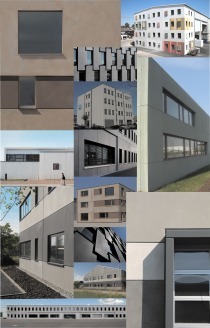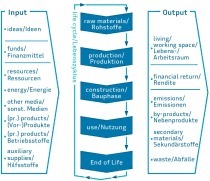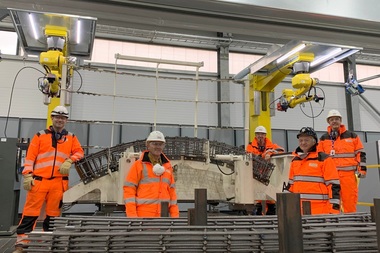Lining segments for infrastructure projects
As a result of the rapid population growth, the related increase in urbanization and therefore an ever more clearly evident shortage of land, the construction of tunnels in concrete design will continue to gain in importance in the future. This is compounded by a strong increase in the demand for mobility, which in the future will also be reflected in providing sufficiently suitable underground infrastructure. At the same time, the requirements placed on structural engineering and especially on concrete engineering are increasing continuously due to the fact that different and sometimes contra-dictory requirements, such as the service life and structural stability under varying actions, are to be guaranteed, in the best case, fully and over several decades. This contribution presents examples of special engineering requirements placed on tunnel concretes used in lining segment construction.
During the construction of tunnels on the Arab peninsula, specific requirements were defined which the tunnel concretes were to comply with for a theoretical service life in excess of 100 years, taking into account the special climate challenges (air temperatures of up to 40°C and sometimes very high humidity), prevailing exposure conditions (extremely high chloride and sulfate contents in the groundwater and soil due to the proximity of the sea) and assumed reliable operation (guaranteeing structural stability under normal ambient conditions and in case of fire). Steel-fiber and plastic-fiber reinforced concretes were ultimately used which were designed in accordance with [1] and [2] in terms of structural design and durability. This was complemented by the experimental verification of the mode of action of the plastic fibers in terms of reducing the fire and spalling behavior for the temperature-time scenarios applied for the protection of persons and structures.






